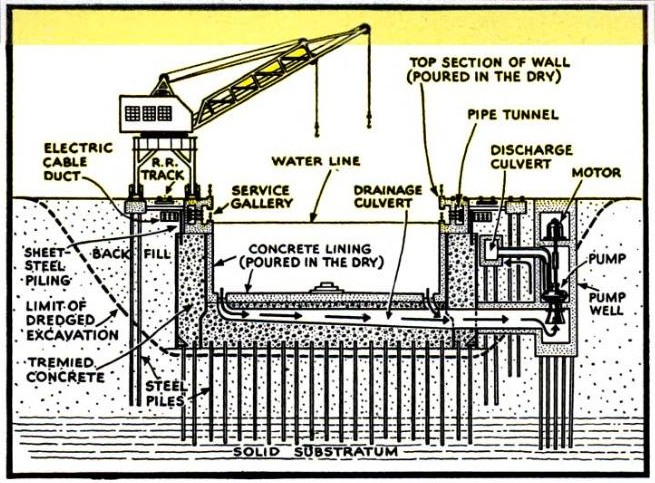We have experience hosting a range of audiences, from college classes to birthday parties to company outings, and we customize our tours to meet your group’s interests and needs.
Book a private tour today
Pete Davidson, Colin Jost, and Paul Italia made waves last month when they bought retired Staten Island Ferry John F. Kennedy. While we don’t know where this future comedy club will …
Read more
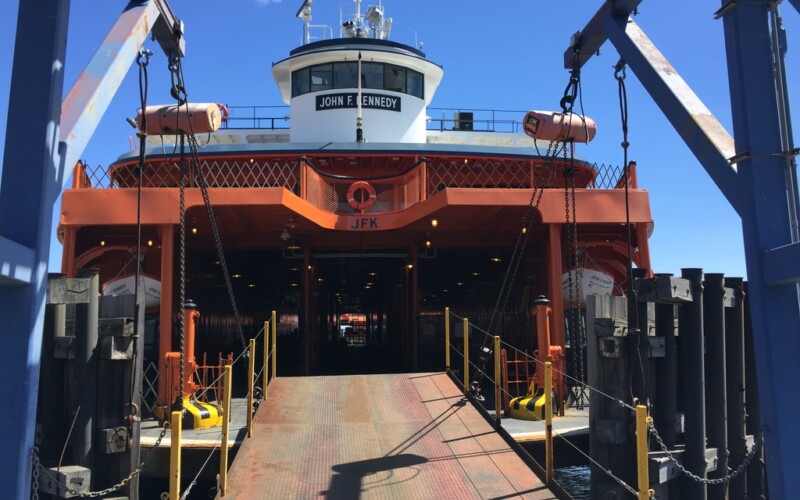
Concrete is the world’s most ubiquitous building material, and many important milestones of its development took place in Brooklyn. In this virtual program, we will examine concrete’s history, production, and …
Read more
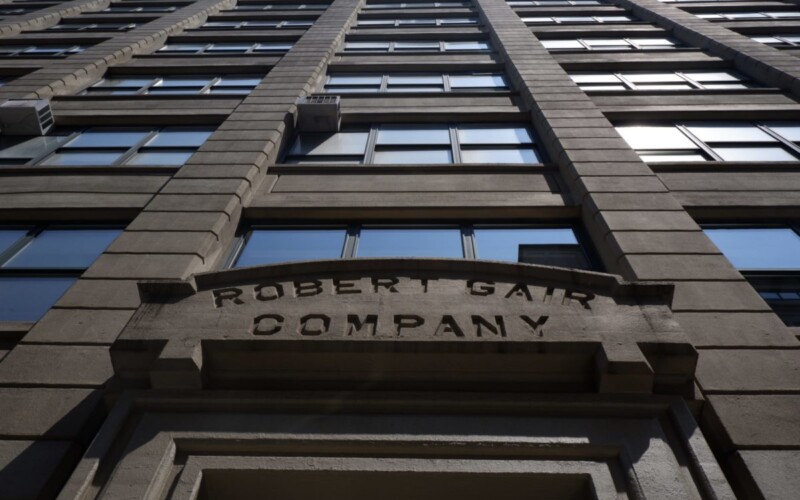
Peter Christian Asserson (1839–1906) The Brooklyn Navy Yard has always adapted to change. Over its first 165 years, rapid changes in naval ship designs forced the adoption of new shipbuilding …
Read more

John Ericsson (1803–1889) John Ericsson was perhaps more of an engineer than any man who ever lived. Of his 85 years on this earth, 75 of them were spent as …
Read more
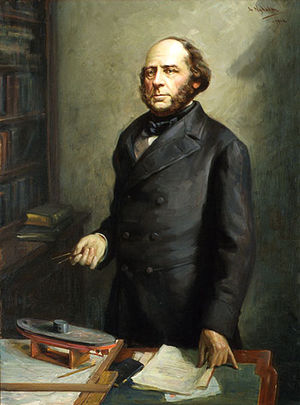
Henry Eckford (1775-1832) The long, arduous, and risky journey to America has a way of bringing to our shores the most ambitious, talented, and daring people; Henry Eckford was certainly …
Read more
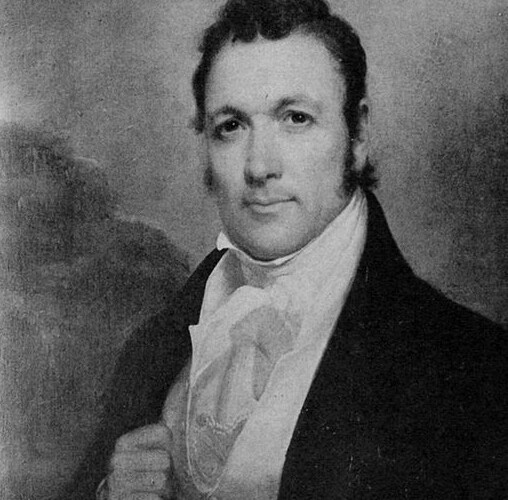
Times of war have always brought the biggest transformations to the Brooklyn Navy Yard, and none were bigger than those that took place during World War II. But long before …
Read more
